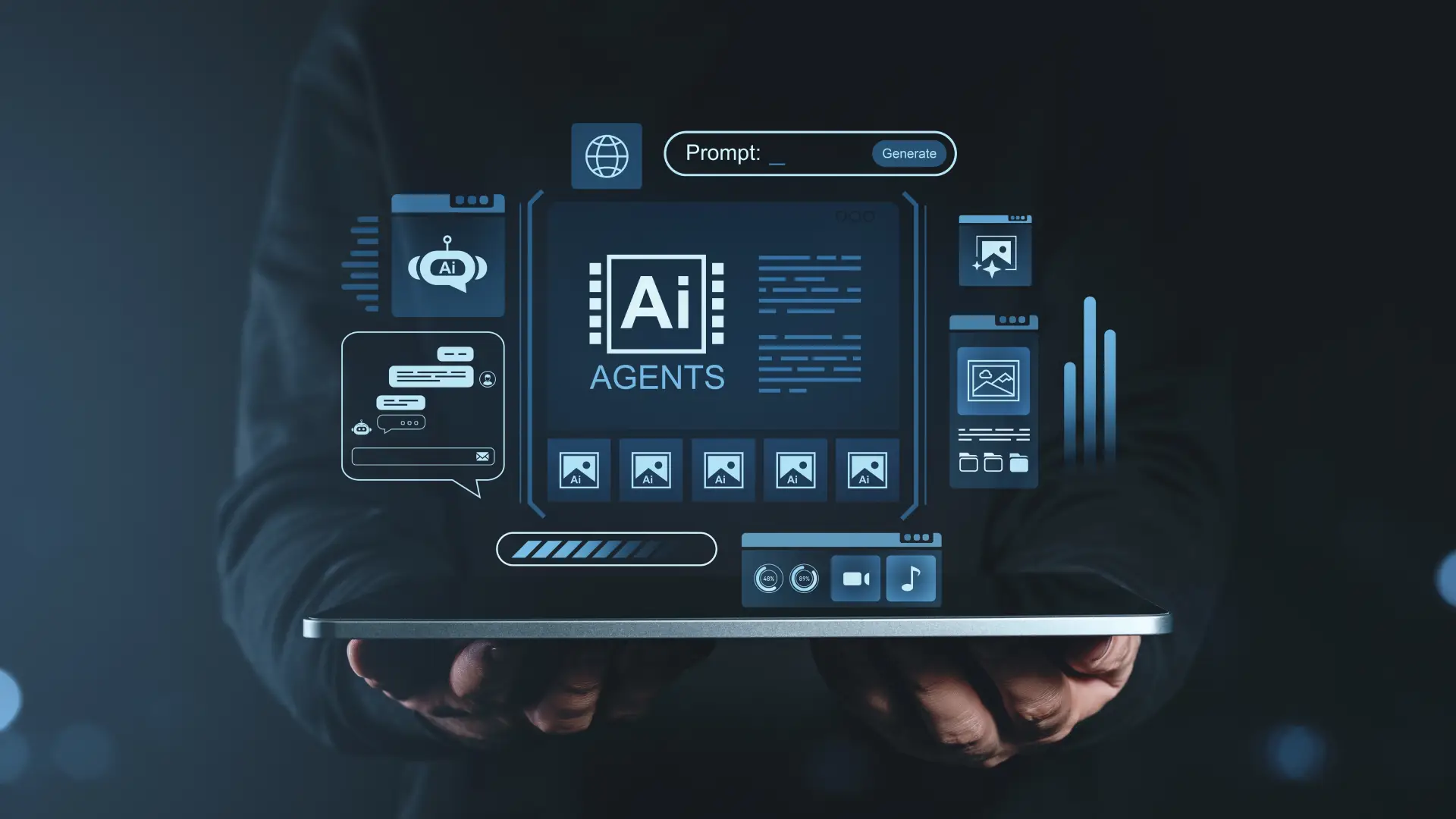Found this helpful? Share it with peers.
Introduction
Enterprise Architecture is evolving rapidly, driven by the need for agility, innovation and sustainability. With new technologies, market demands, and a greater focus on user-centricity, EA is transforming to meet modern challenges. This transformation calls for a deeper exploration of the key trends driving these changes and their implications for the future of EA. In this blog, we explore what you can anticipate in 2025 and how these shifts will shape the path forward.
1. AI-Driven Enterprise Architecture: A Strategic Powerhouse
Artificial Intelligence (AI) is redefining the way businesses plan and execute EA strategies. With AI, organizations can analyze vast amounts of data to uncover patterns, predict outcomes, and make smarter decisions. Furthermore it enables automated insights and scenario planning, making it a crucial tool for aligning architectures with strategic goals.
The ability to forecast risks, optimize processes, and simulate scenarios ensures that enterprises stay agile in an unpredictable market. AI also accelerates the decision-making process, providing leaders with actionable intelligence in real-time.
It’s important to synchronize AI strategies with core strengths and objectives to guarantee tangible value and competitive edge.
Hint: Learn more about AI roadmaps and discover how to build them with a capability-focused strategy.
2. Cloud-Native Architectures: Empowering Flexibility and Growth
As businesses increasingly rely on digital solutions, cloud-native architectures have emerged as the foundation for scalability, flexibility, and cost efficiency. These architectures allow organizations to deploy, test, and adapt solutions faster than ever, ensuring that systems remain competitive and relevant.
Cloud-native strategies also enhance disaster recovery, improve system resilience, and facilitate seamless integration with emerging technologies such as IoT and AI.
By leveraging cloud-native platforms, businesses can effectively model, manage, and optimize their cloud environments, enabling deeper insights and streamlined operations.
Hint: Uncover the key advantages of SaaS solutions or how to model your AWS and Azure cloud architectures.
3. Sustainability-Driven Architectures: A Green Revolution
Sustainability is no longer a “nice-to-have”– it’s a business need. Modern EA incorporates eco-friendly design principles to reduce environmental impact while improving operational efficiency.
Whether through energy-efficient systems, sustainable supply chains, or reducing the carbon footprint of IT infrastructures, businesses can enhance their reputation and cut costs by embracing green architectures.
It’s important to incorporate sustainability into your architectural strategies by analyzing the organization’s operating models in regards of sustainability improvements and defining sustainability roadmaps. This enables data-driven decisions that align with eco-friendly goals.
Hint: Find out how Sustainability and Enterprise Architecture fit together and how to build a Sustainability Roadmap.
4. Human-Centric and Experience-Driven Design: People at the Core
Enterprise systems must prioritize user experience (UX) to maximize adoption, productivity, and satisfaction. Human-centric EA goes beyond creating functional solutions by focusing on intuitive design and seamless workflows.
By tailoring architectures to meet the needs of employees, partners, and customers, businesses create environments where technology complements rather than complicates daily operations.
User-friendly interfaces and collaborative features enable team collaboration and create architectures designed for real-world usability and long-term success.
Hint: Check out how ADOIT´s newest feature ADOIT Forms sets new standards for user-friendly interfaces in EA.
5. Strategic Planning and Agile Roadmaps: Navigating Change
A strong EA roadmap aligns long-term objectives with immediate business needs. In today’s fast-changing market, agility is key, and businesses need roadmaps that can adapt to shifting conditions while ensuring strategic alignment.
This trend emphasizes continuous improvement, where feedback loops and iterative planning become integral to staying competitive.
This is why creating adaptive, strategic roadmaps that align projects with business goals are key to the success of every business transformation.
6. Resilience and Security: Strengthening the Foundation
In a digital-first world, the importance of resilience and security in Enterprise Architecture cannot be ignored. Organizations are increasingly focusing on building systems that can withstand disruptions – whether from cyber threats, operational failures, or external crises. A resilient architecture ensures business continuity, while security measures build trust and protect critical assets.
This trend highlights the need for proactive approaches, such as integrating robustness and reliability into systems from the beginning, ensuring that operations remain stable even in challenging circumstances.
Mapping and assessing security measures within your EA ensures compliance with industry standards and reduces risks to your critical systems.
Hint: Discover how to create a strong Risk Management practices in your EA projects.
7. Data-Driven Decision-Making: Unlocking the Power of Information
In the digital age, data is the cornerstone of effective decision-making. Data-driven EA ensures that businesses leverage their information assets to drive innovation and improve operational efficiency.
This involves integrating real-time analytics into architectural frameworks, empowering organizations to make faster, more informed decisions. It also emphasizes the importance of data governance, ensuring accuracy, security, and compliance.
EA software that provides a comprehensive repository enables organizations to catalog, evaluate, and align their data assets with strategic business objectives.
Hint: Explore how data-driven portfolio management can turn data complexity into a strategic asset.
Summary
The trends shaping Enterprise Architecture in 2025 reflect a blend of technological innovation, sustainability, and human-centered design. By embracing AI, cloud-native solutions, and data-driven strategies, businesses can stay agile and competitive. Prioritizing sustainability and security ensures long-term success, while user-centric and adaptive roadmaps drive continuous improvement.
ADOIT is your partner in navigating this evolving landscape. From integrating AI-driven insights to creating secure, sustainable architectures, we’re here to empower your business for the future. Let’s design the architecture of tomorrow – together. Get in touch and book your free demo today!






